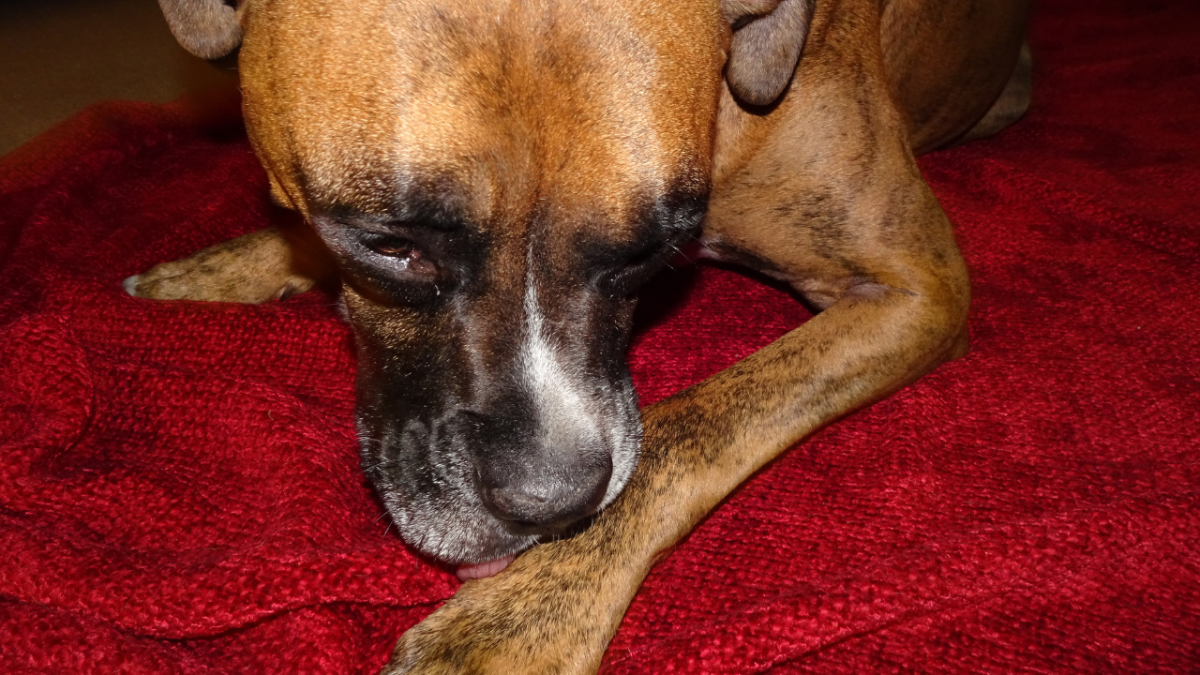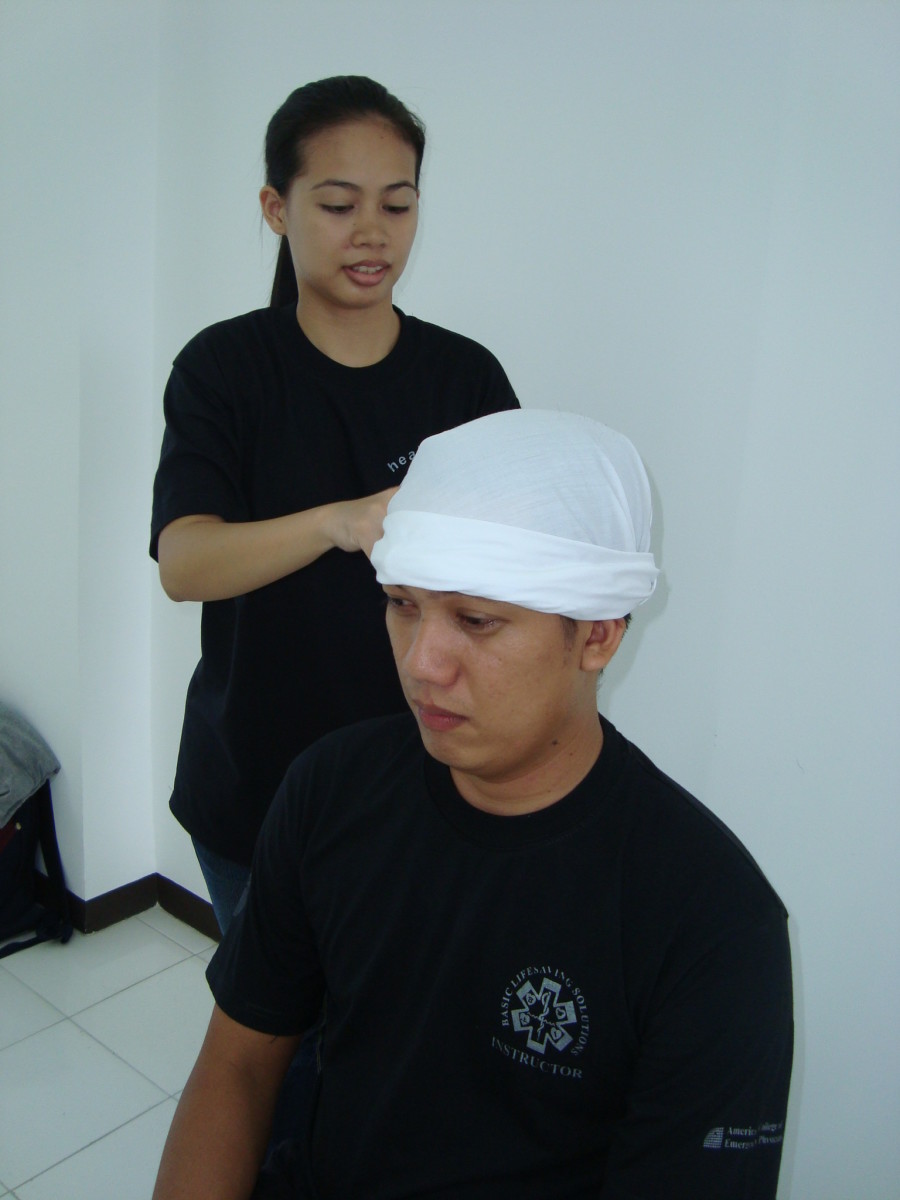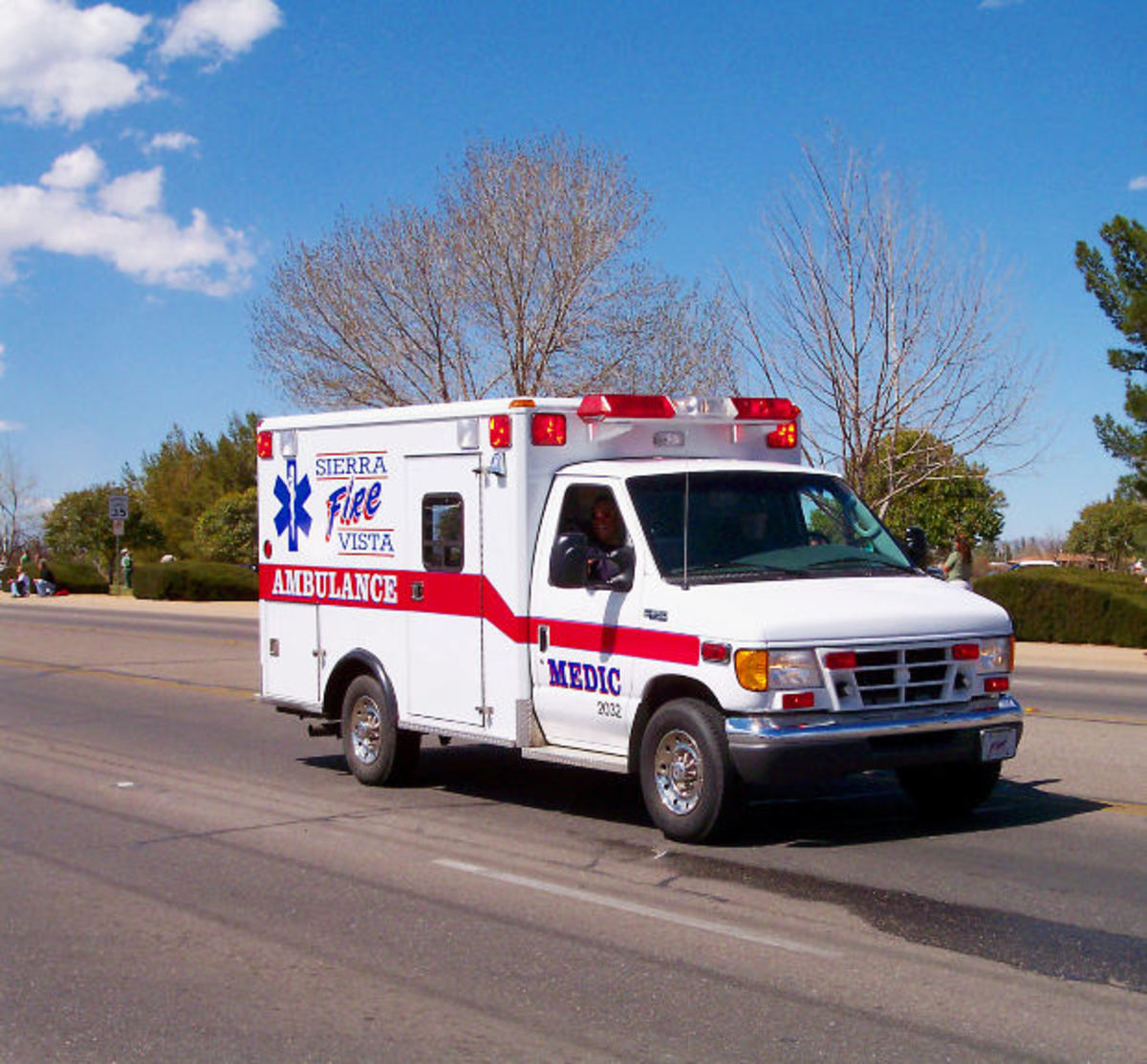How to Stop a Bloody Nose
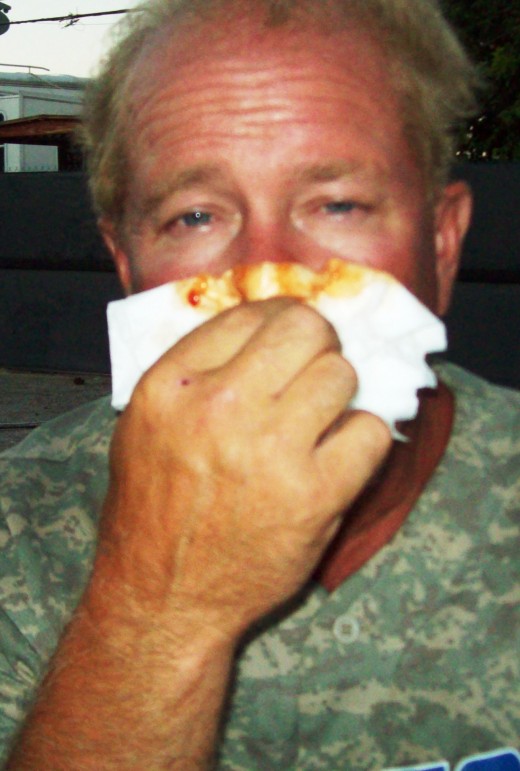
The nose is a very vascular (contains many blood vessels) organ that is vulnerable to injury due to its position and placement on the face. The membranes that line the nose need to remain moist and may bleed if they are dried out from the cold weather or are subjected to the dry heat of summer.
People susceptible to nose bleeds may consider a humidifier in their homes during the winter months of the drying effects of house heating. Also, nose bleeds may occur from injury to the nasal membranes by picking the nose (digital trauma) or by blowing the nose frequently or hard. The overuse of nasal sprays or allergic rhinitis (allergies) may also dry the membranes and cause them to swell or crack and bleeding may occur. Follow these simple steps to stop a nose bleed.
A Simple Nosebleed is not Life Threatening
The nose may bleed profusely but is usually self-limiting and stops with firm pressure applied to the nose. Bleeding from the face is often psychologically traumatic, but most of the time it is not a serious problem. Staying calm will keep your blood pressure from spiking and make it easier for you to stop the bleeding.
Lean Forward and Pinch Your Nose
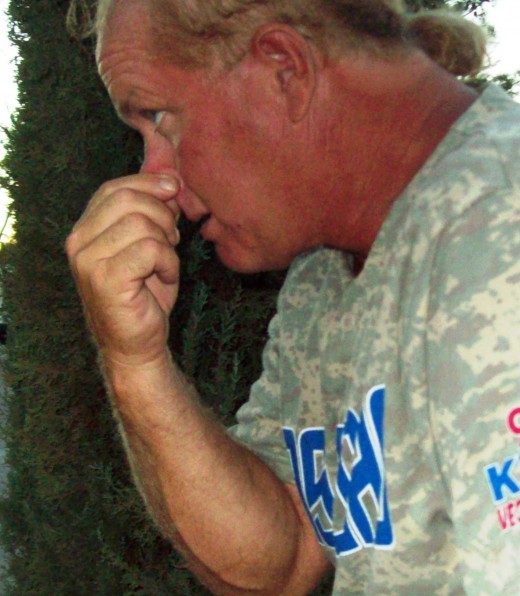
When to Seek Medical Help
More serious nosebleeds can come from certain medications and conditions and need to be checked immediately by a doctor. Call your physician if you have any of these conditions or take any of these medications:
- Blood Thinners: Warfarin Sodium (Coumadin), Heparin or Large Amounts of Aspirin or Ibuprofen
- History of High Blood Pressure
- Alcohol Abuse or Alcoholism
- If Bleeding Worsens, or if Bleeding is Copious (profuse), Seek Medical Attention Immediately
- Anti-Clotting Medications: Plavix or Other Medications that Affect Clotting
- If the Nosebleed Occurs with a Fever and Headache
- The Nosebleed it the Result of a Head Injury
How to Stop a Simple Nosebleed
- Sit in a chair and remain calm. Lean your head slightly forward so the blood doesn’t run back into the sinuses or run down your throat and possibly cause you to gag.
- Pinch the nostrils together with the thumb and index finger and push the nose firmly, but gently, backwards against your face. Remain sitting and keep the pressure on your nose at least 4-5 minutes without laying flat or lowering your head to your lap.
- When you release your nostrils, if bleeding continues, repeat the procedure for another 5 minutes.
If Your Nose Continues to Bleed
- If bleeding continues, wrap ice in a towel and apply it around the nose and against the face. The cold will slow the circulation to the facial area. Do not apply ice to any area on your body longer than 15-20 minutes to prevent frostbite.
- Use the recommended dose per instructions of Afrin or Neo-Synephrine nasal spray. The chemical properties will narrow the capillaries in the nose, slow the blood flow and promote blood clotting.
- Do not use the nasal spray if you suspect the bleeding is due to overuse of nasal spray.
After the Nosebleed has Stopped
- Remain quiet and lay down on your back with your head elevated at least 30-45 degrees.
- Do not blow your nose or attempt to wipe the inside of nostrils
- Carefully remove blood clots from the nose by gently blowing into a tissue if necessary.
About the Author
eHealer is an expert author and professional nurse with a masters degree in nursing research. With over 25 years experience as a registered nurse in patient care and nursing education, eHealer has written valuable online information for the past 12 years on health and wellness, scientific research and chronic disease. She continues a philosophy of providing responsible, factual, and evidenced-based information that provide health consumers with the best health information to make useful and important healthcare decisions.

